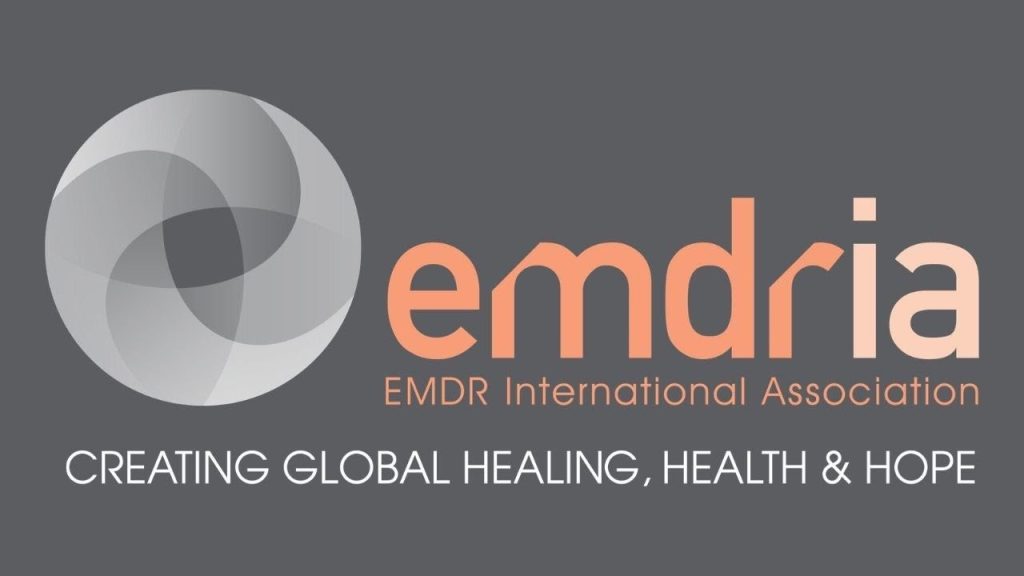If you were to run a quick Google search for different types of therapy, you’d see a few acronyms (like CBT and DBT) come up over and over again. But while these popular techniques are useful in many applications, they only represent the tip of the iceberg. For patients struggling with traumatic memories, other specialized approaches to therapy may be more effective.
One such approach is EMDR, a thoroughly-researched approach to treating trauma, PTSD, anxiety, depression, and other forms of distress caused by challenging life experiences. Therapy Utah is one of the only practices in the region where all therapists receive training in this methodology, which is quickly gaining popularity among patients and high-end practitioners alike. Below, we’ll break down what EMDR is and how it works so you can make an informed decision about whether this type of treatment might be right for you.
What Does EMDR Mean?
EMDR stands for “Eye Movement Desensitization and Reprocessing”. The basic idea behind EMDR is simple: patients are encouraged to focus for short periods on traumatic memories while practicing specific eye movements under the supervision of a trained therapist. This process reduces the acuteness of the imagery and emotions associated with the memories in question.
EMDR has been recognized by an overwhelming number of professional healthcare organizations, including the American Psychiatric Association and the American Psychological Association. The Department of Veterans Affairs places it in the highest category of treatments recommended for populations struggling with trauma, and in 2013, the World Health Organization named EMDR as one of only two methodologies recommended for children and adolescents dealing with PTSD (the other being CBT). Dozens of published studies currently support EMDR as an effective method of treating trauma.

How Does Someone Get EMDR Training?
Clinicians may practice EMDR under their license by completing an accredited EMDR training program. EMDR training includes 50 hours of content split across lectures, practicum, and consultations. EMDR training programs are accredited by the EMDRIA (EMDR International Association) and listed on the organization’s website.

How Does EMDR Treatment Work?
EMDR includes the following eight phases:
Discovery or Consultation
You’ll meet with your therapist and discuss the issues that have brought you in for EMDR therapy. To develop a secure working relationship with your therapist, you’ll likely have to discuss your medical history and develop a treatment plan.
Preparation
During this phase, your therapist will give you a detailed overview of the EMDR therapy process. You’ll also set expectations with them and have opportunities to ask questions before moving forward.
Assessment
This phase involves identifying the event you want to reprocess, and exploring any associated feelings or images you have. You’ll also use two scales—Subjective Units of Disturbance (SUD) and Validity of Cognition (VoC) to measure your responses.
Desensitization
This is the phase where bilateral stimulation (BLS) begins. This process involves side-to-side eye movements, tapping, or sounds produced to activate your information processing system and reduce the disturbance caused by the event you’re trying to reprocess.
Installation
Once BLS has been used to reduce your level of disturbance (measured in SUDs), your therapist will help you begin to associate positive beliefs with the target event.
Body Scan
In the sixth phase of EMDR, your therapist will encourage you to focus on both the positive belief and the target event while scanning your entire body to identify any remaining disturbance so that it can be reprocessed as well.
Closure
After every reprocessing session, you’ll be guided back to the present moment and eased back into a serene state. This helps ensure that any discomfort you experience while focusing on the target event is soothed before you leave the session and return to your regular routine.
Reevaluation
At the start of each new session, you’ll discuss previously processed memories with your therapist to assess the changes to your distress level and make sure the positive beliefs you’ve practiced associating with the target events are still strong.
Are There Dangers to EMDR Therapy?
Some people worry that EMDR may carry risks, because it involves asking patients to focus on memories of events that disturb them. However, EMDR is widely considered to be safe and low-risk. Some patients have reported experiencing vivid dreams after EMDR and have occasionally claimed to experience emotional distress during the process as a result of the memories they’re revisiting. This makes it even more important to work with a properly qualified and experienced therapist who is certified to perform EMDR effectively and successfully guide you towards a state of calm after each session.
It’s also vital to note that the mild risks associated with EMDR are similar to those that come with any form of therapy involving exposure and cognition—including CBT and DBT. Simply put, there’s no way to heal from trauma without consciously engaging with it in some way, which always requires a certain degree of willpower and willingness to deal with unpleasantness on the part of the patient.
Should You Consider EMDR?
For most people, the potential benefits of EMDR vastly outweigh the investment required. Working with a trained and certified clinician in a welcoming environment like our practice gives you as much comfort and support as possible, helping you deal with traumatic experiences and move forward with your life. To learn more about EMDR or book an intake session at Therapy Utah, contact us today and speak with a member of our team.










